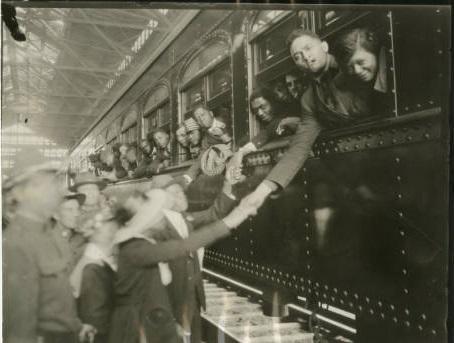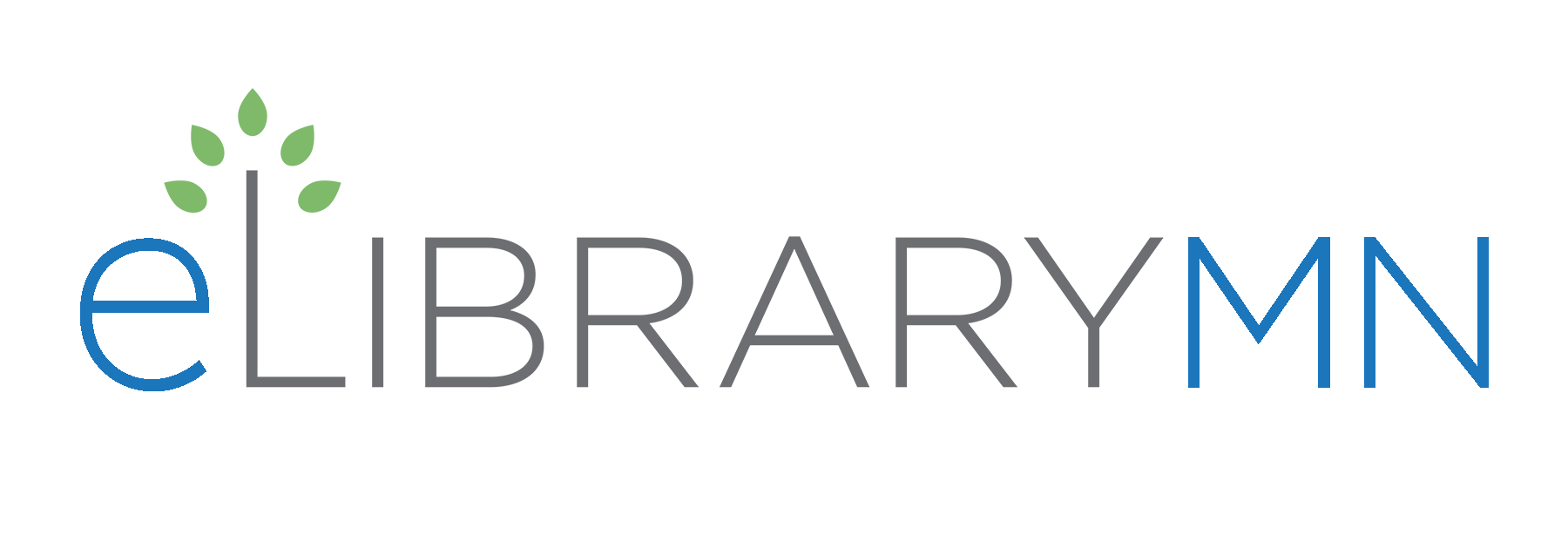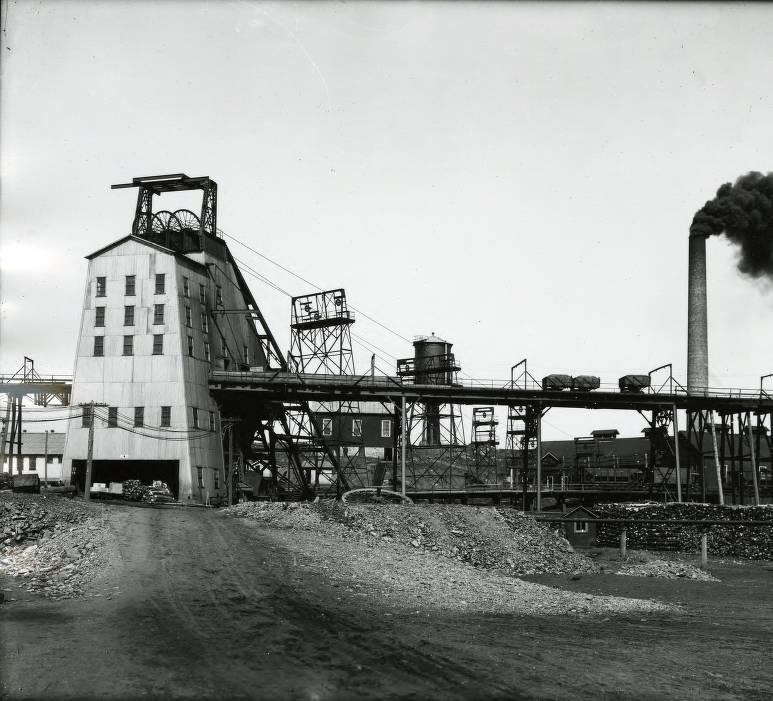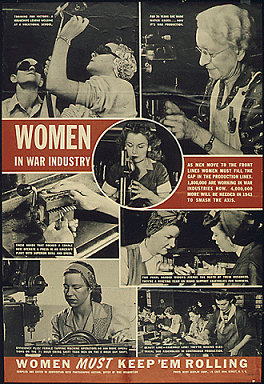Quick Summary
Openly-accessible digitized primary source collections have been growing by leaps and bounds. Likewise, there has been a rise in use and expectations to access these resources by researchers, students, and teachers at all levels. Thus, the work of locating and acce

Openly-accessible digitized primary source collections have been growing by leaps and bounds. Likewise, there has been a rise in use and expectations to access these resources by researchers, students, and teachers at all levels. Thus, the work of locating and accessing these resources for research has and continues to change (for the better) significantly. However, the scholarship of accurately interpreting these primary sources remains largely unchanged. Typically, digitized collections are not without some amount of contextual explanation. But individual digitized primary source items are usually left unexplained to the viewer. Good metadata definitely helps the researcher to place each item with dates, author, descriptive terms, physical format, subject headings, and location, but it doesn’t provide the viewer with its historically situated context, intent, and impact.
Therefore, there is a gap between digitized collections and viewers who range from experienced researchers to the novice 9th grade student, for instance. Librarians and educators have been working to bridge that gap providing meaningful instruction around the digitized items as well as teaching novice researchers digital literacy skills.
It’s not feasible for experts to apply meaningful context for viewers to each and every digitized primary source in a collection especially when so many collections range in the thousands of digitized items. However, the Digital Public Library for America (DPLA) has been creating Primary Source Sets for students and educators to help minimize this gap between accessing primary sources and understanding their meaning. DPLA’s Primary Source Sets are curated collections of primary sources around a topic. These curated collections are then provided a contextual overview. Additionally, the discussion questions and classroom activities are created to help educators engage their students with critical questions to better understand the significance of primary sources.
Following DPLA’s lead, we have modeled our new Minnesota Reflections Primary Source Sets on DPLA’s, and have designed them to help students develop critical thinking skills by exploring a variety of topics related to Minnesota history and culture. Using both primary and secondary sources (including links to full-text articles in ELM, government websites, and more) these sets bring together different resources in new ways to help novice researchers and students better understand historic events and people in their context.
Drawing online materials from libraries, archives, and museums across Minnesota, these sets use letters, photographs, advertisements, oral histories, postcards, newsletters, papers, speeches and more. Each set includes a topic overview, ten to twenty selected primary sources, links to related resources, and a teaching guide which includes classroom discussion questions and activities. We plan to grow the collection over time adding new sets as soon as they become available. We invite educators and researchers to use these primary source sets in their teaching and learning.


